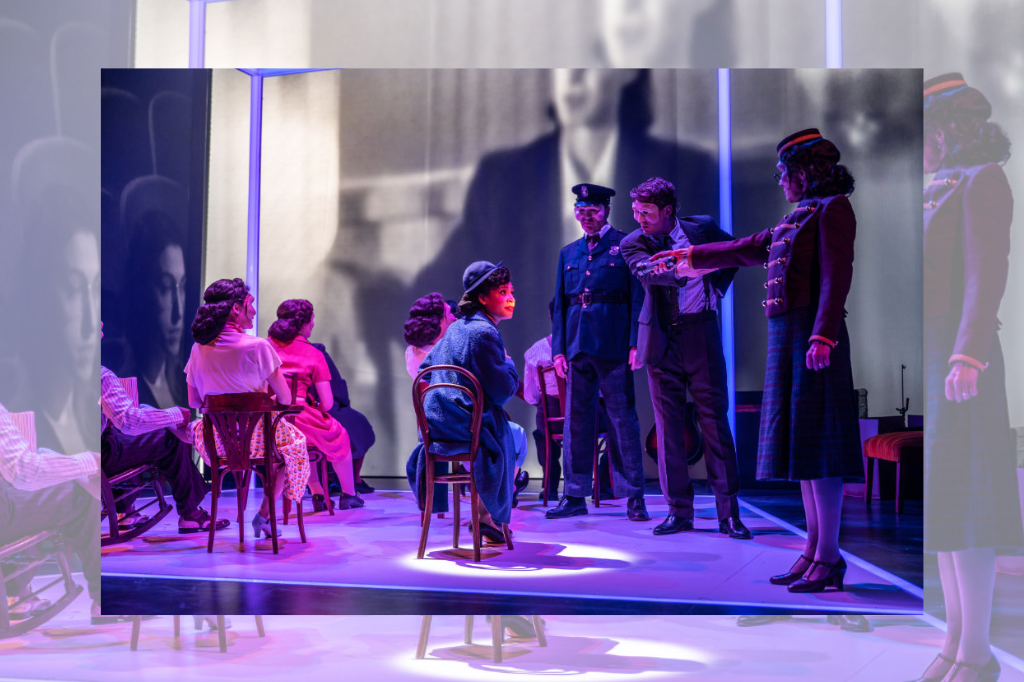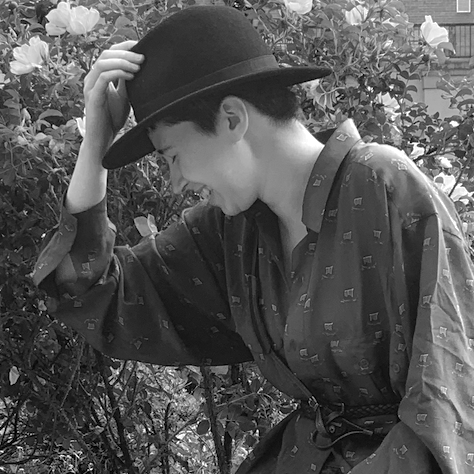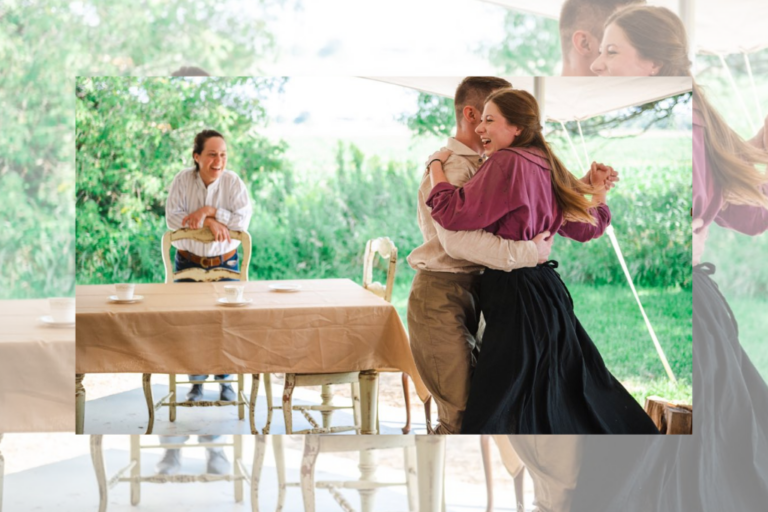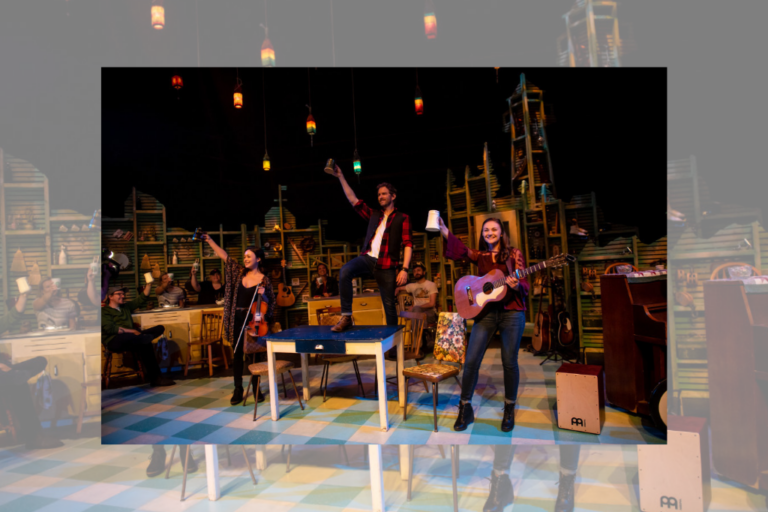REVIEW: Controlled Damage at the Grand Theatre
In 1946, Viola Desmond refused to give up her seat at the theatre. Her refusal to move from the white-only section of the segregated Roseland Theatre in New Glasgow, Nova Scotia led to her arrest, brief imprisonment, and later conviction on a tax offense. Her resistance against these acts of racial discrimination made her a point of inspiration for later civil rights efforts. Desmond’s legacy is now ubiquitous in Canada as the face on our ten dollar bill.
This is the story told by playwright Andrea Scott’s Controlled Damage. The narrative is, by necessity, a challenging one, as it deals with themes of racism, sexism, and the complex nature of identity. However, Scott’s writing ensures that, while the heavy moments are given weight, the play itself is still emotionally accessible. She deftly handles the movement from scene to scene, inviting the audience to sit in and question their discomfort at some moments, while providing levity and humour in others. As the play examines Desmond’s life, from her childhood to her death, revealing her aspirations and ambitions, her love for her work, and her relationships with her husband, friends, and community, we are provided with not just an isolated snapshot of history, but a nuanced look at one woman’s experiences.
Beck Lloyd’s performance as Viola brings Scott’s writing to life, balancing conviction and vulnerability as the near-constant centre of the audience’s attention. Neither Scott nor Lloyd shy away from the fact that people can be complicated, make mistakes, grow, and change, and the result is a portrayal of a character who feels deeply authentic. This authenticity carries through the rest of the ensemble as well, as they each give strong performances in a number of roles – even when a character is only present for a scene or two, they feel well-developed and fleshed out.
Stewart Adam McKensy as Viola’s husband, Jack, also gives a standout performance (the complexity of which makes Jack understandable, if not always likeable). McKensy also contributes powerful vocals to the play’s music, the extensiveness of which (under the supervision of music director and composer Alexandra Kane) was a pleasant surprise. Frequent fiddle and guitar underscoring, performed live on stage, add ambiance, and the use of more folk-like motifs provide an effective reminder of the Nova Scotia setting (although on a couple of occasions the live musicians are harder to pick out over background soundscapes). A cappella musical vignettes performed by the ensemble also help to keep the show’s pacing fluid. Ranging from “Woke Up This Morning With My Mind Stayed on Freedom” to a brief excerpt from Handel’s Messiah, these moments help the play flow smoothly from one scene to the next, and give the audience time to reflect on what they’ve seen after some of its heavier moments.
It is also no coincidence that this story which so heavily features a theatre is now being told in one, and this duality is something which the production leans into (a common trend among recent Grand Theatre productions, as Grand Ghosts did something similar last fall). Here, the combined efforts of director Ray Hogg, set designer Brian Dudkiewicz, lighting designer Jareth Li, and VideoCompany’s projection design play with the idea of spectatorship, positioning both audience and ensemble members as witnesses to Viola’s story. Throughout the play, Viola remains inside the smaller of the two nested boxes which make up the play’s minimalistic set, while ensemble members not currently performing in a given scene line the box’s periphery as a sort of ancillary audience. This onstage audience, present even during moments of intimacy and intensely personal confrontation, is by turns supportive and incriminating, raising questions around the role and power of bystanders in our collective understanding of historical events.
Just as the ensemble is made into an audience, so too is the real-life audience made a part of the action onstage. Prior to the show officially starting, Lloyd as Viola moves around the set’s smaller box, set against a live feed of the audience projected onto the three walls behind her. As the audience chats, laughs, and takes their seats, we also get the impression that Viola is being scrutinized from all angles, and that we as the audience are implicated in this scrutiny.Through this blurring of the fourth wall the audience is also invited to reconsider the play’s temporality, as past and present overlap. By visually inserting the 2023 audience into the play’s mid-century setting, we are reminded that this moment which we consider to be history isn’t all that distant after all, and that its repercussions and present-day relevance are both still deeply felt.
The use of projections throughout the production similarly calls time into question, evoking a movie theatre to layer the Grand’s present over the Roseland’s past.This creates a sense of immersion which is emphasized as, during one of the play’s multiple presentations of Desmond’s climactic moment of resistance, the ensemble member playing the Roseland’s manager marches down an aisle, using a flashlight to search for Desmond in the Grand’s own audience.
Controlled Damage at the Grand is a poignant look at a vital piece of Canadian history. Engaging, compelling, and unafraid of exploring difficult questions and truths, it confronts audiences with the question of what it means to be a witness to injustice, and it’s a production I’ll be thinking about for a long time to come.
Controlled Damage runs at the London Grand through January 29. Tickets are available here.















Comments